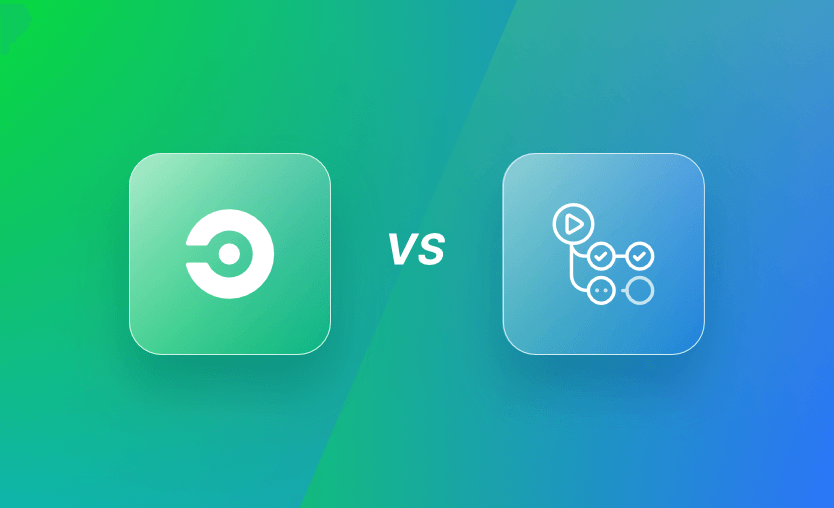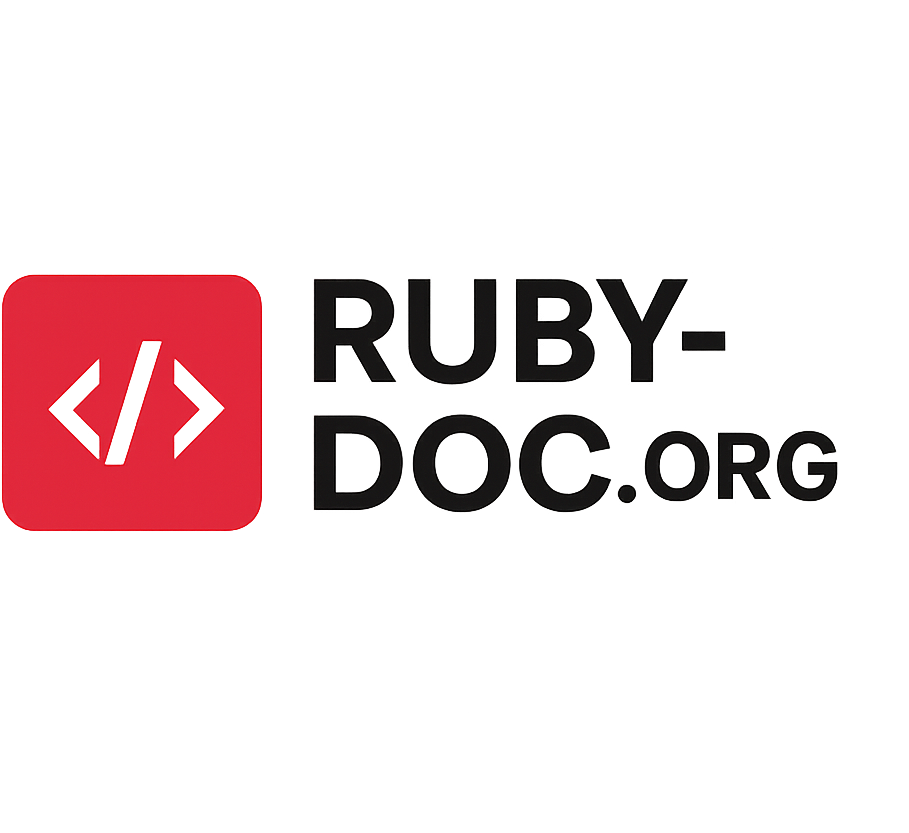
In today’s fast-paced software development landscape, continuous integration and continuous delivery (CI/CD) pipelines are essential. They automate testing, integration, and deployment processes, enabling development teams to ship code faster and with higher confidence. Two of the most popular tools in this space are CircleCI and GitHub Actions. Both offer robust features for building and deploying applications, but they differ in philosophy, capabilities, pricing, and integrations. In this article, we’ll do a comprehensive comparison—CircleCI vs GitHub Actions—to help you determine which tool best suits your development needs.
What Is CircleCI?
CircleCI is a dedicated CI/CD platform launched in 2011. It’s designed to automate the build, test, and deployment stages of your software development lifecycle. CircleCI supports a variety of environments including Linux, Windows, macOS, and Docker. It offers powerful parallelism, caching strategies, and deep configurability.
Key Highlights:
- Language-agnostic
- Offers cloud-hosted and self-hosted options
- Tight integration with GitHub, Bitbucket, and GitLab
- Focus on performance, speed, and flexibility
CircleCI is often favored by teams that need fine-grained control over their CI/CD process.
What Are GitHub Actions?
GitHub Actions is GitHub’s native automation and CI/CD platform, launched in 2019. It allows developers to define workflows using YAML files stored directly in their GitHub repositories. GitHub Actions is particularly well-suited for teams already using GitHub as their code repository, offering seamless integration with pull requests, issues, and branches.
Key Highlights:
- Built directly into GitHub
- YAML-based workflow configuration
- Supports matrix builds, Docker, and third-party actions
- Free minutes for public repositories
GitHub Actions has rapidly gained popularity due to its convenience and simplicity, especially for small to mid-sized teams.
Key Similarities Between CircleCI and GitHub Actions
Before diving into their differences, let’s cover what these platforms have in common:
- YAML-based configuration: Both use YAML for defining workflows and pipelines.
- Multi-platform support: Support for Linux, Windows, and macOS environments.
- Parallelism: Ability to run jobs in parallel or in matrix configurations.
- Docker support: Native Docker execution environments.
- Secrets management: Both platforms provide mechanisms for storing environment variables and secrets.
- Marketplace/community support: Each has a catalog of reusable components or actions.
Despite these similarities, the differences between CircleCI vs GitHub Actions can significantly impact your development strategy.
Feature-by-Feature Comparison
Let’s examine how CircleCI and GitHub Actions compare across critical functionality:
1. Configuration
CircleCI
- Uses
.circleci/config.ymlin the project root. - Allows reusable commands and orbs (packages of configuration).
- More verbose but very modular.
- High flexibility in defining custom workflows.
GitHub Actions
- Uses
.github/workflows/*.yml. - Simpler syntax with built-in triggers (
push,pull_request,schedule, etc.). - Less modular out-of-the-box, but composite actions and reusable workflows are improving.
Winner: GitHub Actions for simplicity, CircleCI for complex workflows.
2. Workflow Management
CircleCI
- Allows granular control over job dependencies.
- Parallelism and fan-in/fan-out support.
- You can define workflows with multiple jobs, conditions, and branches.
GitHub Actions
- Supports jobs with dependencies using
needs:. - Allows conditional steps with
if:. - Workflow chaining can be clunky without reusable workflows.
Winner: CircleCI for advanced workflow orchestration.
3. Performance and Speed
CircleCI
- Optimized Docker layer caching.
- Offers “performance plans” with dedicated resources.
- Custom caching strategies possible.
GitHub Actions
- Decent performance for general use.
- Caching is available but less powerful than CircleCI.
- Docker layer caching requires manual setup or self-hosted runners.
Winner: CircleCI for performance-heavy projects.
4. Environment Support
CircleCI
- Linux, macOS, Windows support.
- Docker-native.
- Supports self-hosted runners and remote Docker.
GitHub Actions
- Also supports Linux, macOS, Windows runners.
- Easier to spin up for lightweight jobs.
- Self-hosted runners available.
Winner: Tie. Both offer good multi-platform support.
5. Caching and Artifacts
CircleCI
- Fine-grained caching with
save_cacheandrestore_cachesteps. - Fast performance gains through smart caching.
- Artifacts easily stored and browsed via the UI.
GitHub Actions
- Uses the
actions/cacheaction. - Caching limited to specific use cases.
- Artifacts supported with
upload-artifactanddownload-artifact.
Winner: CircleCI for more robust caching and artifact management.
6. Secrets Management
CircleCI
- Project-level environment variables.
- Contexts for organization-wide secrets.
- Secrets injected at runtime.
GitHub Actions
- Secrets stored at repository or organization level.
- Easy to manage through GitHub UI.
- Secrets can be used in workflows but not accessed by forks (for security).
Winner: GitHub Actions for ease-of-use and UI integration.
7. Extensibility and Marketplace
CircleCI
- “Orbs” provide reusable configuration logic.
- Orbs are version-controlled and community-driven.
- Ideal for teams with shared pipelines.
GitHub Actions
- Massive GitHub Marketplace.
- Thousands of prebuilt actions from the community and vendors.
- Easier to plug in and go.
Winner: GitHub Actions for broader marketplace adoption.
Integrations and Ecosystem
CircleCI integrates well with:
- GitHub
- Bitbucket
- Slack, Datadog, Jira
- AWS, GCP, Azure
- DockerHub and private registries
GitHub Actions excels when you’re already using GitHub. Its integrations with:
- GitHub Issues and Pull Requests
- Dependabot
- GitHub Packages
- Code scanning and security tools
… make it ideal for GitHub-native workflows.
Winner: GitHub Actions for GitHub-centered development; CircleCI if you’re using other platforms like Bitbucket or self-hosted solutions.
Security Considerations
CircleCI
- SOC 2 Type II compliant (read more on Google)
- Provides IP ranges, SSH access, and customizable access control
- Secrets management with scopes and contexts
GitHub Actions
- Integrated with GitHub’s overall security model
- Secrets encrypted and masked
- Uses permission scopes and fine-grained access
Winner: Tie, with GitHub Actions having better native integration if you’re all-in on GitHub.
Pricing Comparison
Here’s a breakdown of CircleCI vs GitHub Actions pricing:
CircleCI (Cloud Free Tier)
- 6,000 build minutes/month
- 30 jobs concurrent
- Performance and custom pricing available
- Paid tiers from $15/month
GitHub Actions (Free Tier)
- 2,000 minutes/month (private repos)
- Unlimited minutes for public repos
- macOS runners are more expensive
- Additional minutes start at $0.008/min
Winner: GitHub Actions for public/open-source projects; CircleCI for heavy users seeking high-performance builds.
Use Case Scenarios
| Use Case | Recommended Tool |
|---|---|
| Small GitHub-based project | GitHub Actions |
| Complex enterprise workflow | CircleCI |
| Open-source projects | GitHub Actions |
| Bitbucket-based team | CircleCI |
| Need fast Docker builds | CircleCI |
| Beginners/new devs | GitHub Actions |
| Existing GitHub Enterprise users | GitHub Actions |
| Need high customizability | CircleCI |
Pros and Cons Summary
CircleCI Pros:
- Powerful caching and parallelism
- Docker-native and fast
- Fine-grained control over workflows
- Orbs for reusable configs
CircleCI Cons:
- More complex configuration
- Steeper learning curve
- Limited free tier compared to GitHub Actions
GitHub Actions Pros:
- Built into GitHub
- Easy setup and simple YAML
- Huge marketplace of actions
- Generous for public projects
GitHub Actions Cons:
- Slower caching and Docker performance
- Less control over complex workflows
- Limited support for non-GitHub repositories
Conclusion: Which Should You Choose?
When it comes to CircleCI vs GitHub Actions, the right choice depends on your team’s goals, experience level, and existing tooling.
- Choose GitHub Actions if:
- You’re already using GitHub
- You want simple automation without extra services
- You work on small-to-medium or public projects
- You prefer a built-in experience
- Choose CircleCI if:
- You need advanced build customization
- You work on large-scale enterprise projects
- You use Bitbucket or need flexibility outside GitHub
- You require better caching or performance tuning
Ultimately, both platforms are excellent and evolving rapidly. Some teams even use both: GitHub Actions for simple workflows, and CircleCI for heavier pipelines.
Final Verdict:
For GitHub-centric teams who value ease-of-use and native automation, GitHub Actions is hard to beat. For performance-hungry teams or those needing complex orchestration, CircleCI remains a top-tier CI/CD choice.
Check out our Gitlab vs Github article too.
